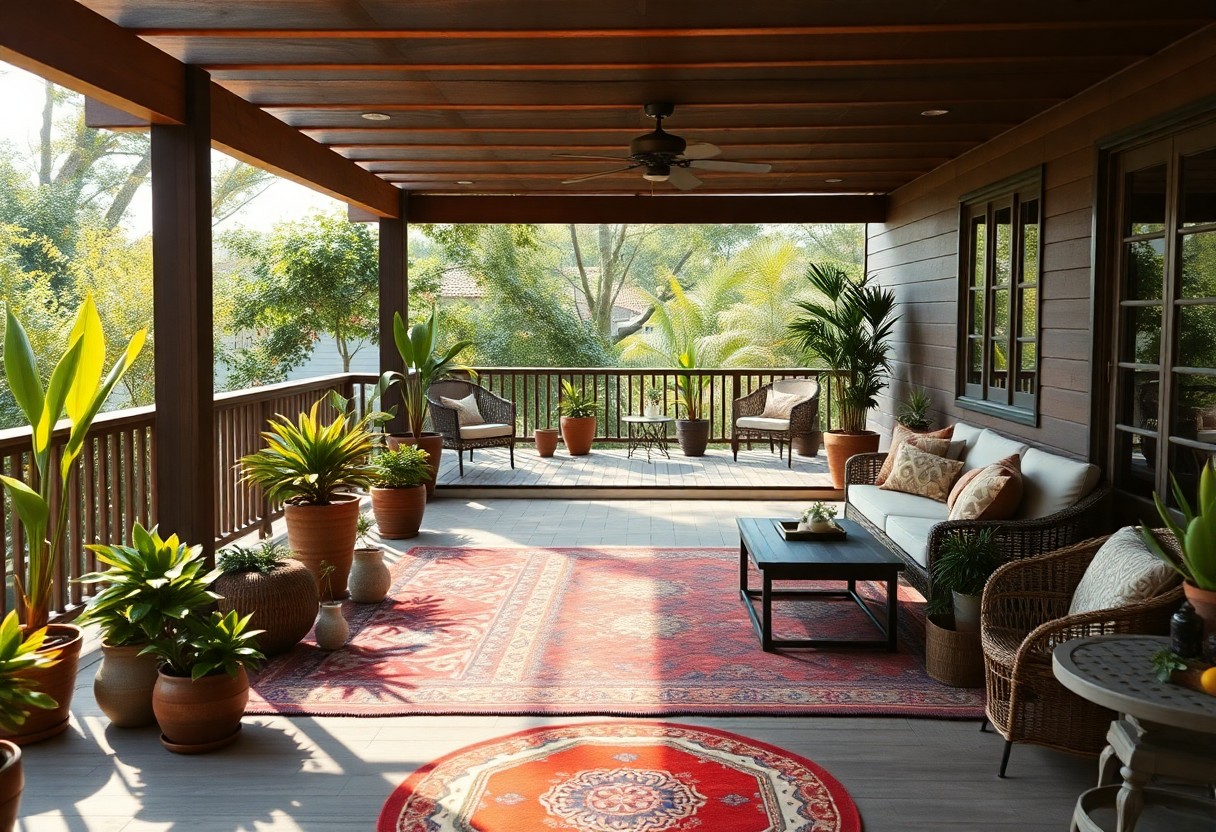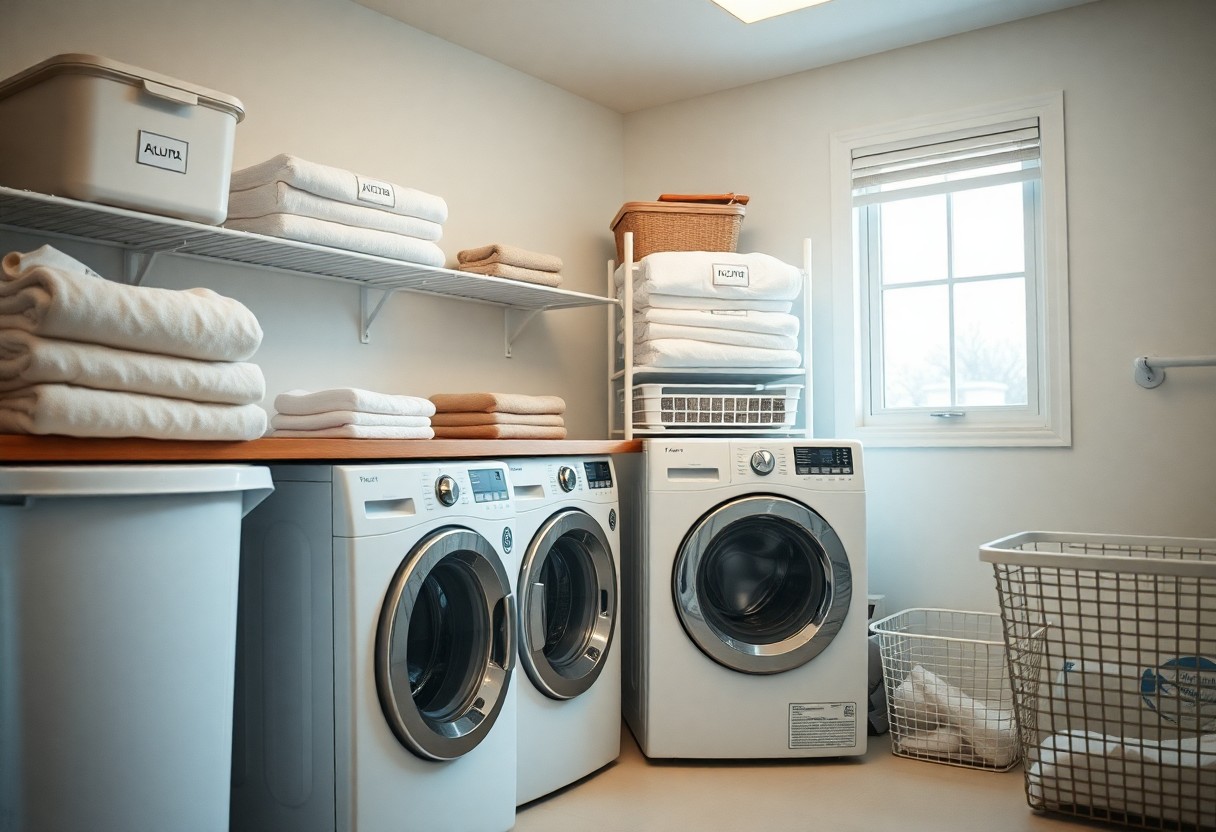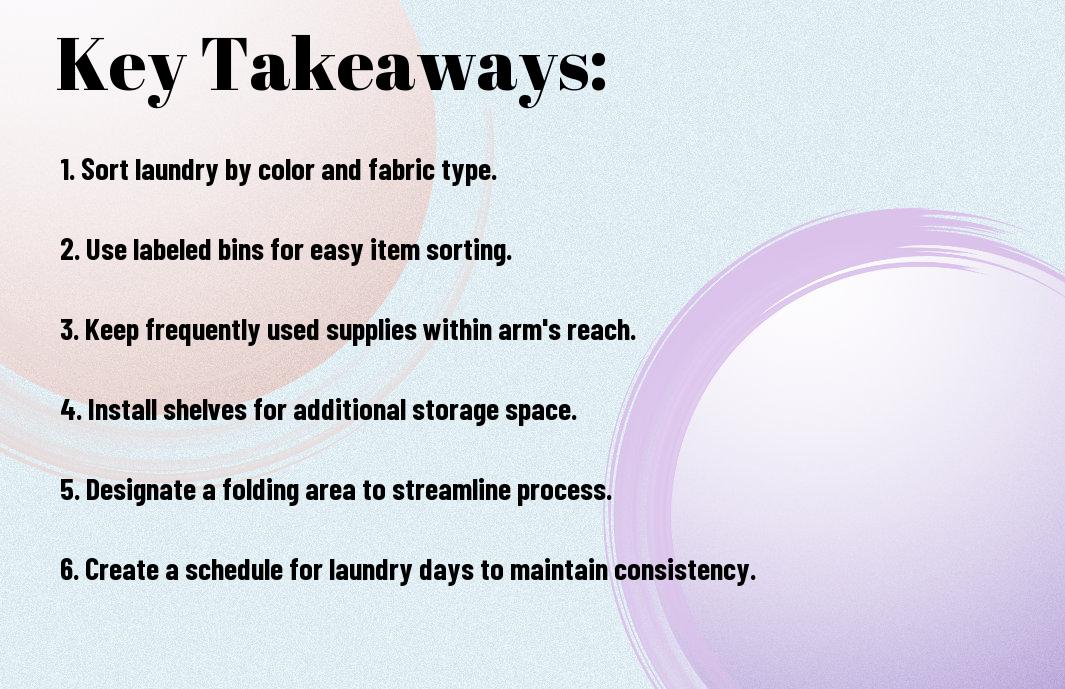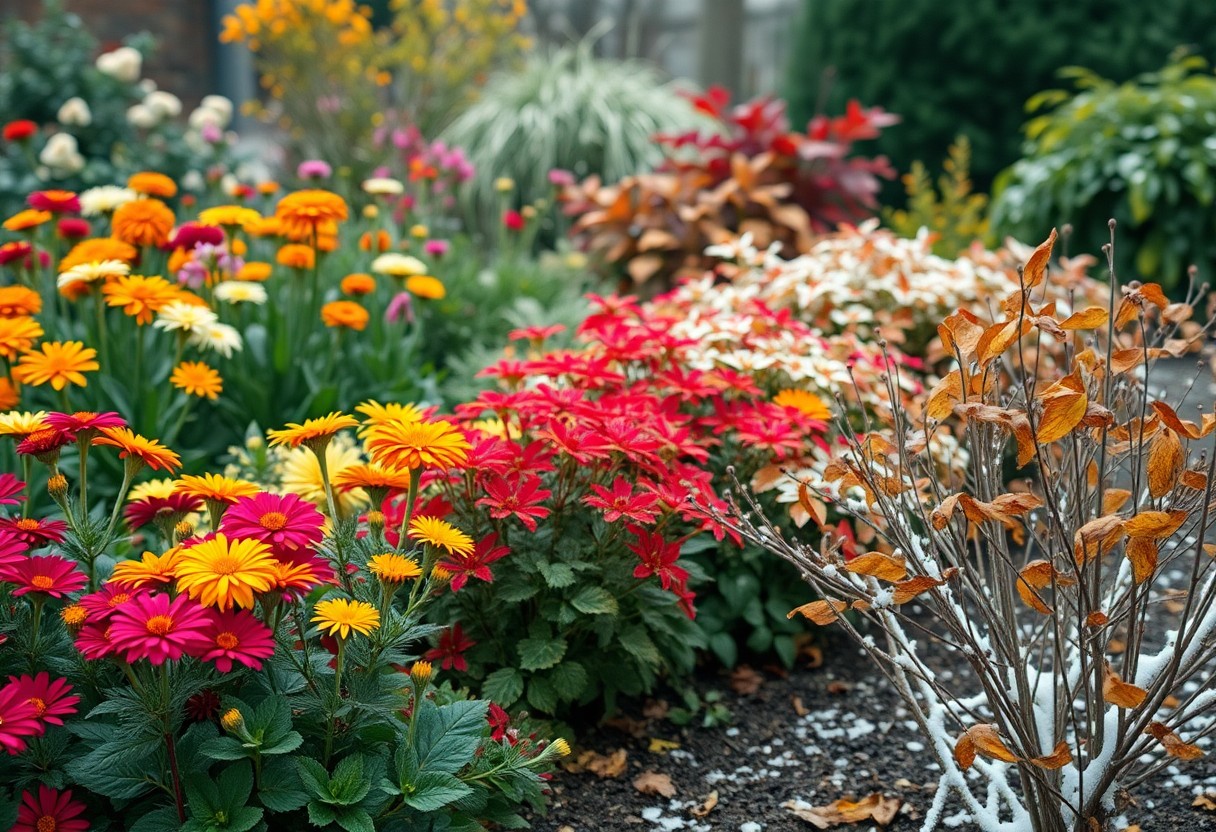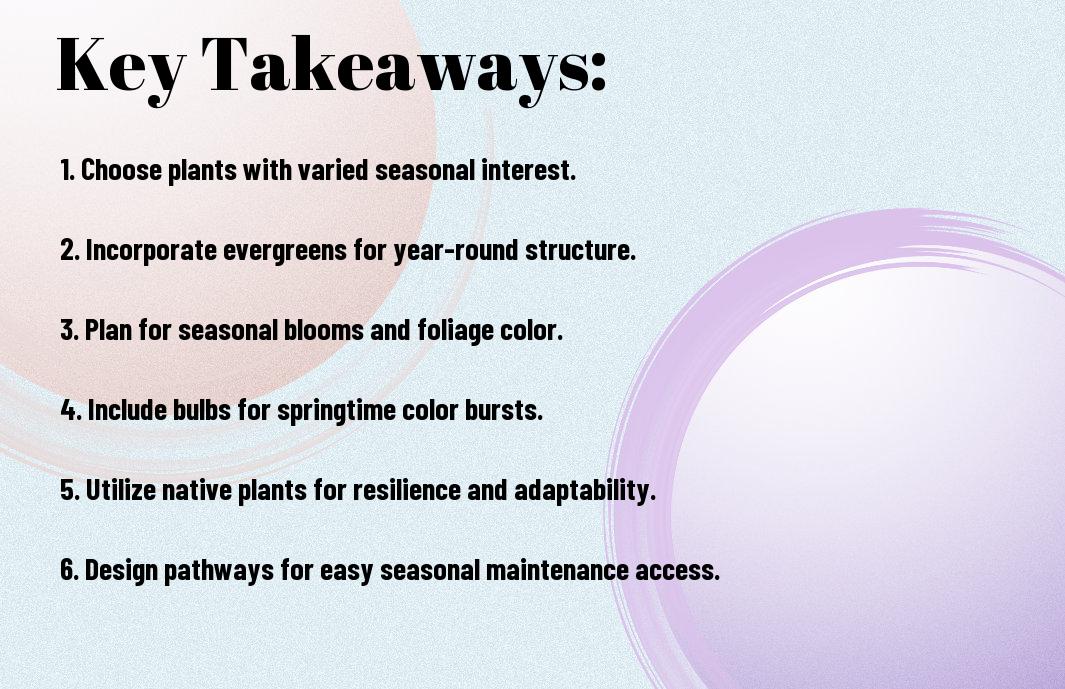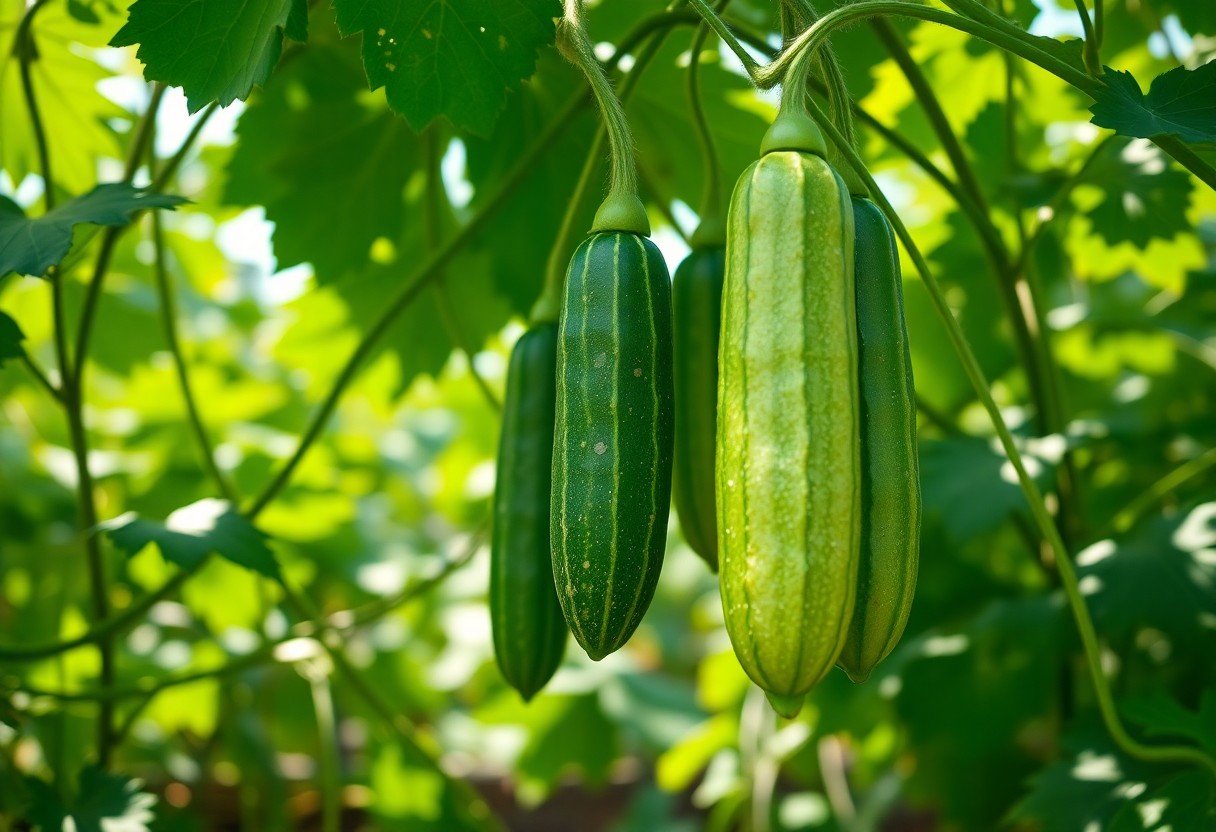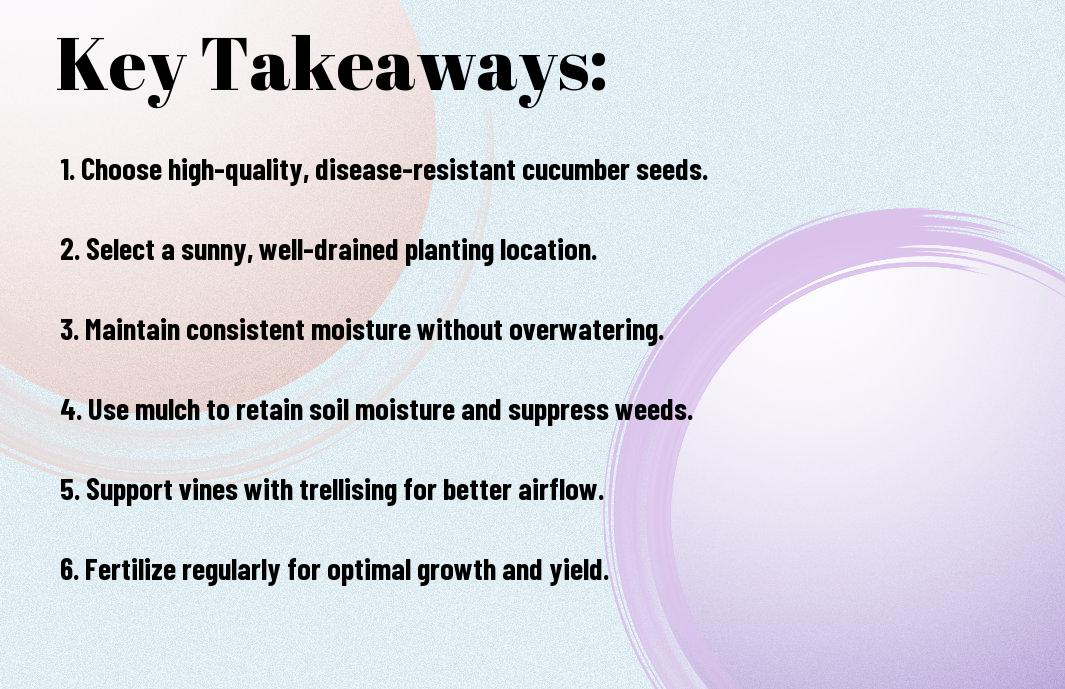You stand in your backyard, envisioning a space to gather and share drinks with friends. Your outdoor bar area starts with a plan, and you’re about to build it yourself. With a few simple steps, you’ll transform your yard into a welcoming spot. You’ll choose materials, design the layout, and construct your bar, creating a space that’s uniquely yours.
Key Takeaways:
To create a functional and enjoyable DIY outdoor bar area, consider the following points:
- Define your space and budget to determine the size and features of your bar area, ensuring it fits your needs and lifestyle.
- Choose the right materials and furniture, such as durable wood or metal frames, and weather-resistant fabrics, to withstand outdoor conditions and provide comfortable seating.
- Combine lighting, decor, and entertainment elements, like string lights, plants, and a sound system, to create a warm and inviting atmosphere that enhances your outdoor entertaining experience.
Planning Your Outdoor Bar Area
Before you start building, consider your space and needs. Check out a Weekend DIY: Building an Outdoor Bar for inspiration.
Assessing Your Space
Plotting your yard’s layout, you’ll determine the best spot for your bar. Consider the sunlight, shade, and foot traffic.
Defining Your Style
By thinking about your entertaining style, you’ll choose the right design and features for your bar.
And as you envision your outdoor bar, think about the materials and decor that reflect your taste, from rustic to modern, and the activities you’ll be doing there, like cocktail-making or dining.
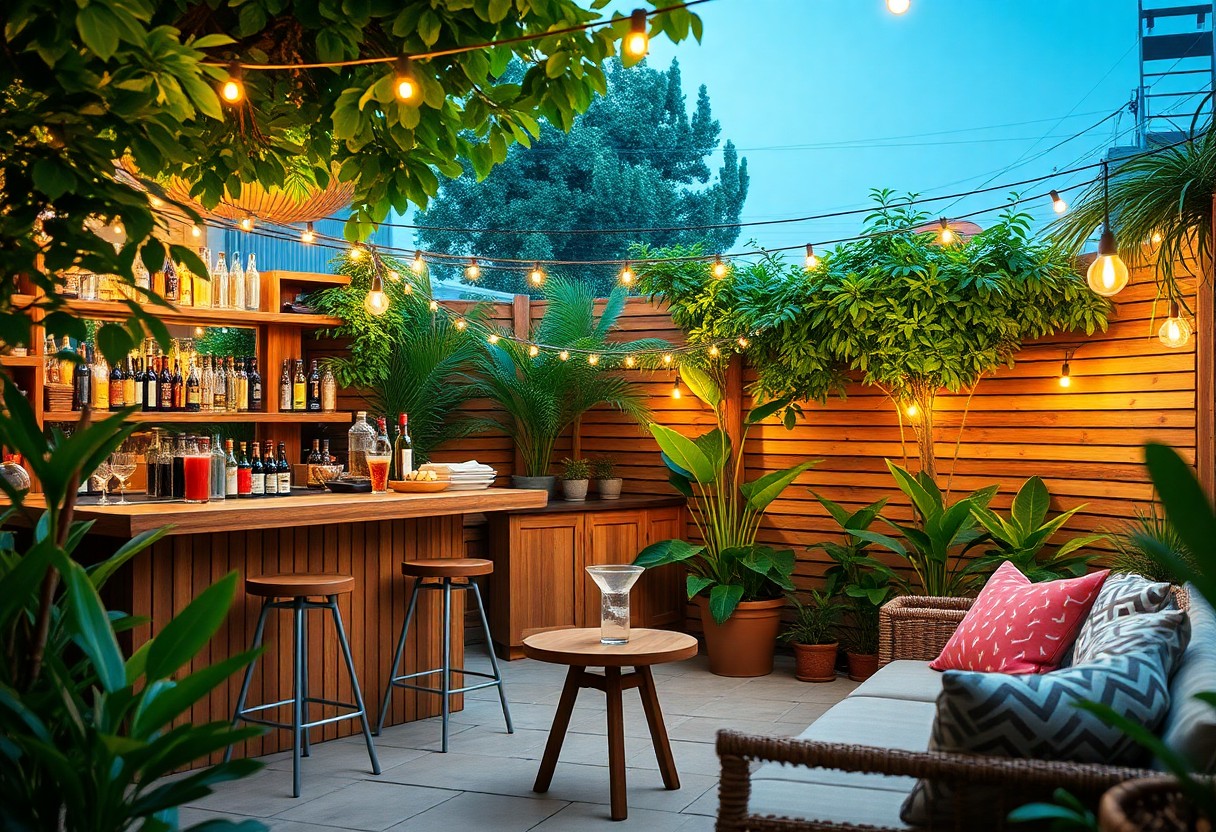
Choosing the Right Materials
It is imperative to select materials that can withstand the elements when creating your DIY outdoor bar area. You need to consider the climate and weather conditions in your area to ensure your bar area remains functional and aesthetically pleasing.
Durable Fabrics and Surfaces
Along with the frame and structure, you should choose durable fabrics and surfaces for your outdoor bar area, such as waterproof fabrics, stainless steel, and recycled plastic.
Weather-Resistant Equipment
With the right equipment, your outdoor bar area will be able to withstand various weather conditions. You should opt for weather-resistant equipment, such as a balcony bar or an outdoor refrigerator, to keep your drinks cold and fresh.
Choosing the right weather-resistant equipment for your outdoor bar area can make all the difference in its durability and functionality. You will want to select equipment that is designed to withstand extreme temperatures, humidity, and exposure to the sun, ensuring your outdoor bar area remains functional and enjoyable for years to come. You should look for equipment with features such as rust-proof coating, waterproof seals, and UV-resistant materials to protect your investment.
Building the Bar Structure
Keep your outdoor bar design simple, using durable materials like wood or metal. You’ll need to construct a solid frame to support your bar top and any additional features. Consider the space you have available and the style you’re aiming for.
Framing and Support
Around this time, you’ll start thinking about the framing and support for your bar. You’ll need to ensure it’s sturdy enough to hold the weight of the bar top, shelves, and any appliances or decor you plan to add.
Adding Shelves and Countertops
Among the final touches, you’ll add shelves and countertops to your bar. You can choose from a variety of materials, such as wood, stone, or stainless steel, depending on your budget and the look you want to achieve.
Plus, when adding shelves and countertops, you’ll want to think about the functionality of your bar. You’ll need to decide how much storage space you need, and what type of countertops will be easiest to clean and maintain. You can also add features like a sink, fridge, or ice maker to make your outdoor bar a fully functional entertaining space.
Installing Essential Features
To create a functional outdoor bar area, you’ll need to install the necessary features. This includes lighting, electrical outlets, and plumbing fixtures. You’ll want to ensure that your bar area is well-lit and has access to power and water.
Lighting and Electrical
Features like string lights or lanterns can add ambiance to your outdoor bar. You can also install electrical outlets to power your appliances and decorations. Make sure to follow safety guidelines when working with electricity.
Plumbing and Fixtures
Installing a sink or a kegerator requires plumbing and fixtures. You’ll need to connect water and drain lines, and ensure that your fixtures are durable and weather-resistant. Choose materials that can withstand the elements.
In addition, you’ll want to consider the size and layout of your plumbing and fixtures. You should place them in a way that creates a functional and efficient workflow, making it easy for you to mix drinks and serve guests. This will help you to create a bar area that is both functional and enjoyable to use.
Adding Decor and Ambiance
After setting up your outdoor bar, focus on decor and ambiance. You’ll transform your space into a welcoming oasis with a few simple touches.
Furniture and Textiles
At this stage, you’ll choose furniture and textiles that fit your style. You’ll pick sturdy, weather-resistant pieces that reflect your taste and create a cohesive look.
Landscaping and Accessories
Adding some greenery and accessories will elevate your outdoor bar. You’ll select plants, lighting, and decor that enhance the ambiance and create a unique atmosphere.
It is here that you can let your personality shine through. You’ll arrange your plants, hang lanterns, and add decorative elements that make your outdoor bar area feel like your own private retreat, a place where you can unwind and entertain friends.
Safety and Maintenance
Now that your DIY outdoor bar area is set up, consider checking out expert advice on How to Build an Outdoor Bar for additional tips. You’ll want to ensure your bar is stable and secure.
Ensuring Stability and Security
Stability is key when it comes to your outdoor bar. You’ll want to make sure it’s anchored firmly to the ground to prevent it from toppling over.
Regular Upkeep and Repairs
In fact, keeping your outdoor bar clean and well-maintained will not only ensure your safety but also make your gatherings more enjoyable. You’ll be able to focus on socializing with your guests instead of worrying about your bar’s condition.
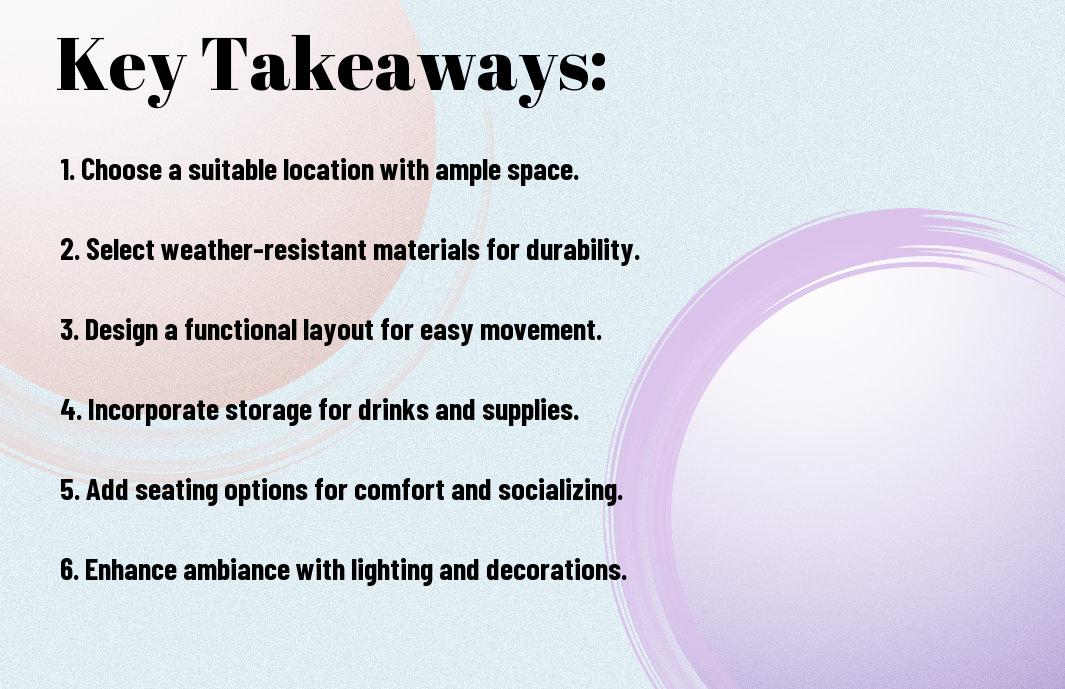
Conclusion
Summing up, you’ve got your DIY outdoor bar area coming together. You’ve picked your spot, built your bar, and added your touches. Your outdoor space is now a place where you can pour a drink, sit back, and enjoy the fresh air. You’ve done it yourself, with your own hands, and that’s something to be proud of. Now, grab a drink and take a seat at your new bar, you’ve earned it.
FAQ
Q: What are the imperative components to consider when creating a DIY outdoor bar area?
A: When creating a DIY outdoor bar area, there are several imperative components to consider. First, you’ll need a sturdy base, such as a wooden or metal frame, to support your bar. Next, you’ll want to choose a durable and weather-resistant countertop material, such as granite, marble, or recycled plastic. Additionally, you’ll need to consider the type of seating and lighting you want to include, as well as any electrical or plumbing components, such as a sink or refrigerator. Finally, think about the style and ambiance you want to create, and choose decorative elements, such as plants, string lights, or a fire pit, to enhance the space.
Q: How do I choose the perfect location for my DIY outdoor bar area?
A: Choosing the perfect location for your DIY outdoor bar area depends on several factors, including the layout of your yard, the amount of sunlight and shade, and the proximity to your home and other outdoor living spaces. Consider a spot that is easily accessible and visible from the house, yet far enough away to create a sense of separation and relaxation. You’ll also want to think about the wind direction, noise levels, and any potential obstacles, such as trees or slopes. Ideally, your DIY outdoor bar area should be located in a spot that receives partial shade, especially during the hottest part of the day, to ensure comfort and safety for your guests.
Q: What type of materials should I use to build my DIY outdoor bar area?
A: The type of materials you use to build your DIY outdoor bar area will depend on your budget, style preferences, and the level of durability you need. Some popular materials for outdoor bars include pressure-treated wood, cedar, and reclaimed wood, which can add a rustic touch to your space. You can also consider using metal or aluminum frames, which are durable and low-maintenance. For the countertop, choose a material that is resistant to heat, moisture, and UV light, such as stone, concrete, or recycled plastic. Don’t forget to add a waterproof sealant to protect your bar from the elements and ensure it withstands the test of time.
Q: How can I add electrical and plumbing components to my DIY outdoor bar area?
A: Adding electrical and plumbing components to your DIY outdoor bar area can enhance the functionality and convenience of your space. For electrical components, such as lighting, outlets, and appliances, be sure to hire a licensed electrician to ensure safe and proper installation. For plumbing components, such as a sink or refrigerator, you’ll need to connect to a water source and install a drainage system. Make sure to check local building codes and regulations before starting your project, and consider hiring a professional if you’re not experienced with electrical or plumbing work. It’s also a good idea to install GFCI outlets and use weather-resistant materials to protect your components from the elements.
Q: How can I decorate and furnish my DIY outdoor bar area to create a unique and inviting atmosphere?
A: Decorating and furnishing your DIY outdoor bar area is where you can get creative and add your personal touch. Start by choosing a color scheme and style that reflects your personality and complements your outdoor living space. Add some comfortable seating, such as bar stools or a sectional sofa, and consider incorporating decorative elements, such as plants, artwork, or sculptures. String lights, lanterns, or a fire pit can add warmth and ambiance to your space, while a few well-placed throw pillows and blankets can create a cozy and inviting atmosphere. Don’t forget to add some functional elements, such as a cooler, ice bucket, or wine rack, to make your DIY outdoor bar area a fun and functional space for entertaining friends and family.
